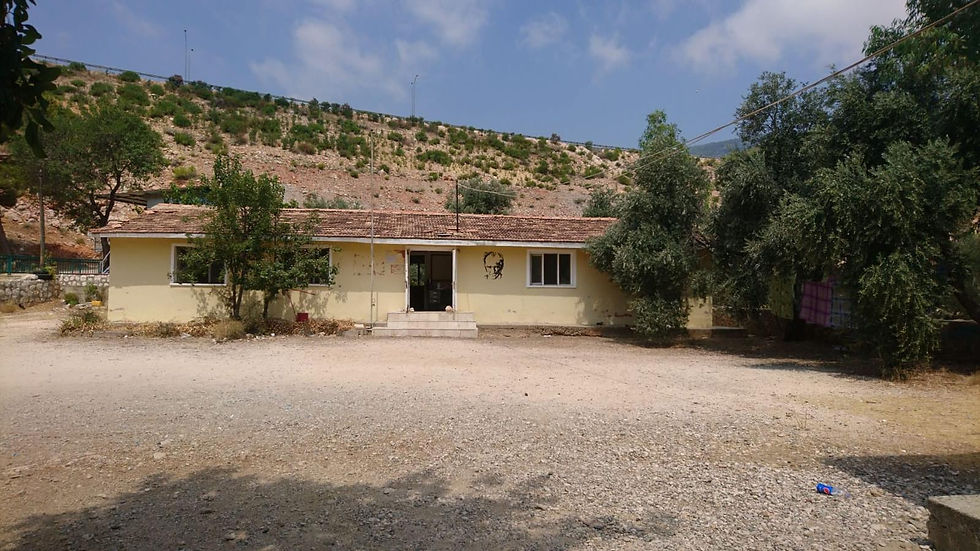
Why is the Boğsak Center important?
The decision to convert the former elementary school at Boğsak to a rural headquarters devoted to raising awareness about the value and preservation of cultural heritage is the result of a long process of planning and scrutiny.
First of all, this new function under a university is in tune with the original function of the space as the main education center for the small village. The local memory of the school will support the new function of the space as a cultural heritage center where educational activities will be at the forefront. Meanwhile, Mimar Sinan Fine Arts University, which grew out of the first Fine Arts Academy in the nation, will pay homage to the equally significant yet extinct and underrated Village Institutes and Village Schools. Educators and cultural heritage professionals from Turkey and abroad will have the opportunity to organize events and workshops for the study and promotion of the cultural heritage of the region. These will be organized in such a way to facilitate the involvement and contribution of the local public. This will also conduce to promoting the village of Boğsak as a center of cultural tourism to a wider audience.
The school building itself is also significant as a cultural heritage. Built during the first half of the 1970s, the building and the nearby teacher’s house reflect the architecture of the period in terms of its plan, façade, building materials, and elements. The modest-looking building, albeit not registered as historic architecture, is an example of modern architectural heritage. The school building reflects the typology of Anatolian school villages, making it a building block of Turkey’s history of architecture and education in the twentieth century.
The modest building that stopped being used as a school in the 1990s, is the place where most village people went to school and collected memories, and where social memory was formed. Some of the people who met became friends and spent their childhood together still live in Boğsak. Such collective spaces, where people gathered, developed, and transformed, have the potential to bring people together again. As such, the renovation of the former Boğsak elementary school and its repurposing as a new kind of cultural and educational center, that focuses on the research on and promotion of archaeology and cultural heritage, not only protects the spatial memory but ensures its preservation. The reuse of this space for education is crucial for the sustainability of cultural heritage.

With eyes fixed on the ground, Ender Varinlioğlu inspects the cleanliness of the premises (2012)
We also aim to revive the tradition of collective work which is another element of cultural heritage. Taking our cues from the fact that village schools were often built and/or maintained collectively, we plan to promote this concept in the events and activities organized at the Boğsak Center. The workshops and activities will encourage the participants to cooperate and work together.

